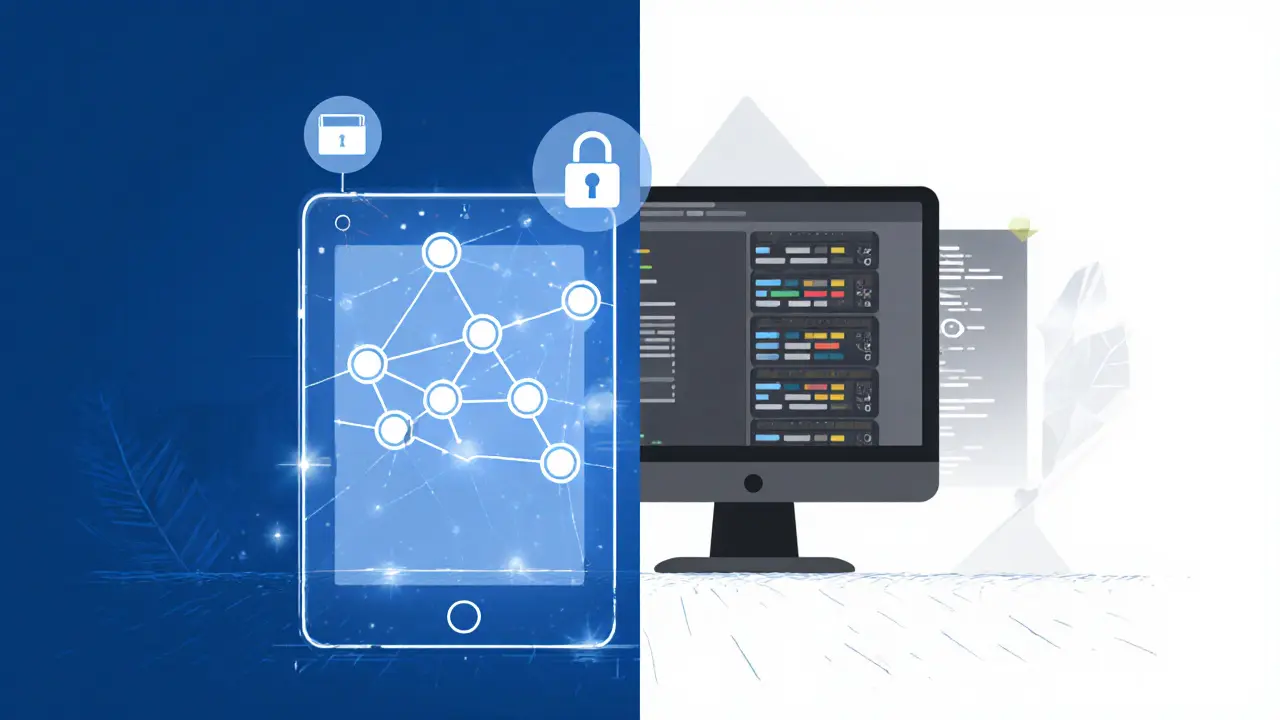Censorship Resistance in Crypto & Blockchain
When talking about censorship resistance, the ability of a system to stay accessible and unalterable despite attempts by governments, platforms, or third parties to block or modify content. Also known as anti‑censorship, it forms the backbone of many modern digital services. Blockchain, a distributed ledger that records transactions across many nodes provides the technical foundation, while decentralized identity, self‑owned credentials stored on a ledger gives users control over who sees their data. Together, they enable platforms that can’t be shut down with a single court order.
Why does this matter? Imagine a streaming video that gets taken down because a regulator doesn’t like the content. On a censorship‑resistant network, that video lives on a peer‑to‑peer swarm, and every node holds a copy. The same principle applies to financial transactions: a crypto exchange can’t freeze your assets if the underlying protocol doesn’t allow a central authority to reverse moves. This is why projects like Verasity’s Proof‑of‑View, crypto mixers, and sharding solutions are all part of the same ecosystem. They each address a piece of the puzzle—proof of authenticity, privacy, or scalability—so the whole system stays robust against suppression.
Key Pillars That Keep the System Open
First, privacy tools, technologies like mixers, zero‑knowledge proofs, and VPNs that hide user identities and transaction trails prevent adversaries from targeting specific actors. When North Korea uses mixing services to launder funds, it shows how powerful these tools can be—both for bad actors and for ordinary users who need protection from overreaching bans. Second, sharding, splitting a blockchain into smaller pieces that process transactions in parallel boosts throughput, ensuring that a censorship‑resistant network can handle real‑world traffic without slowing down. Finally, governance models like those in decentralized autonomous organizations (DAOs), community‑run entities that make decisions via token‑based voting give users the power to steer the platform, removing the need for a single controlling party.
These components interlock: privacy tools protect user data, sharding keeps the network fast, and DAOs provide a democratic layer of control. The result is a system where content, money, or identity can move freely, even when external forces try to clamp down. Below you’ll find deep dives into each of these areas—how mixers work, why sharding matters for Ethereum, the role of proof‑of‑view in ad‑tech, and practical guides on using VPNs for safe trading. Whether you’re a beginner curious about why crypto can’t be taken offline, or an experienced trader looking for the next privacy‑focused protocol, the posts in this collection give you the tools to stay ahead of censorship attempts.

Key Benefits of Using dApps Explained
Discover why decentralized applications (dApps) offer users control, transparency, lower costs, and censorship resistance, plus the perks developers enjoy such as token monetization and community ownership.
